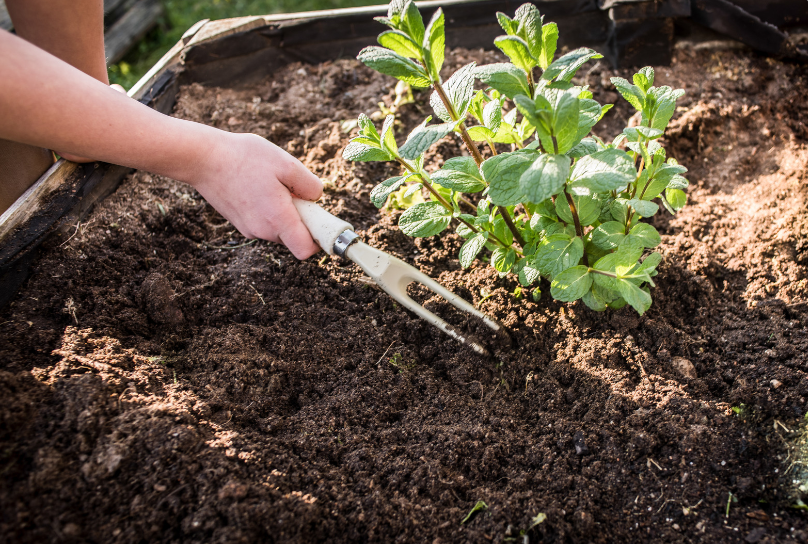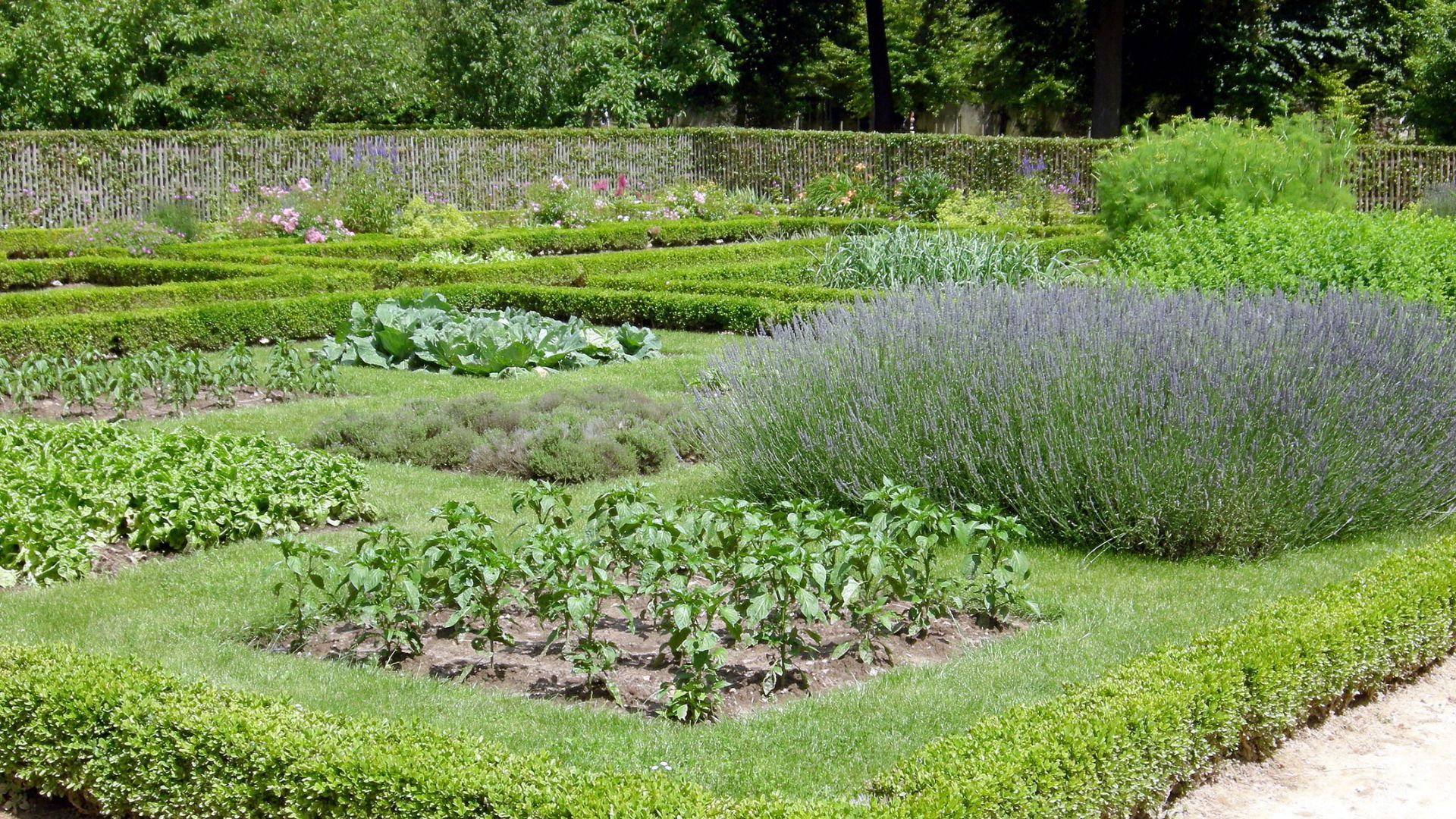How Do I Prep for a Paver Installation?
Pavers can be used to create everything from simple walkways to jealousy-inspiring outdoor kitchens. But you can’t just pick up a pallet of pavers from the home improvement store and drop them into place - they won’t last even one season if the ground is not properly prepared. Before you start to install pavers, be sure to do these three steps to ensure a long-lasting result.
Mark the Installation Space
You might already have a good idea of what you want from your paver installation, but now is the time to determine (and mark on the ground) exactly where you want the pavers. We recommend using white paint to draw boundary lines and using string to ensure your corners are square. String lines can also help you keep your pavers parallel to any existing structures so the final product doesn’t look off-balance.
Excavate and Set the Grade
Once your layout is in place, you can begin to remove grass and soil from the area. Be sure to locate all your utility lines before digging to avoid unwanted surprises! After you have removed the top layer of soil, adjust your string lines to set your grade so that water will run off of your surface in a desirable direction. Then continue to excavate to an appropriate depth - for light foot traffic, dig down to 7 inches below grade; if the pavers will support vehicles or other heavy objects, dig down 10 to 13 inches.
Lay a Base
Now it is time to fill in the hole you have dug with a sturdy foundation for your pavers. Start with a geotextile to both prevent grass and weeds from growing between your pavers and to keep the gravel you are about to lay from sinking into the dirt over time.
Then spread between 4 and 10 inches of gravel over the entire area to be paved (the more weight the pavers need to support, the more gravel you need). The gravel needs to be as smooth and level as possible so that the pavers that sit on top of it are even. Use a tamper or a compactor to level every 2 inches of gravel you lay, then add and compact another layer until you reach your desired thickness.
Finally, add a thin layer of sand on top of the gravel to level out any small irregularities in the surface. After smoothing and compacting the sand, you are ready to start laying pavers!
The difference between a good
paver installation and a professional paver installation often comes down to the attention that was paid to details during the preparation. Meticulous care must be taken during each of these steps to ensure that water doesn’t pool on your new patio (or worse, run off toward your house!) and that your pavers don’t shift after the first heavy rain.
If you find yourself in over your head at any time during the paver preparation process, give us a call. Our paver professionals are here to help you prepare your space for a durable and precise paver installation!
You might also like




